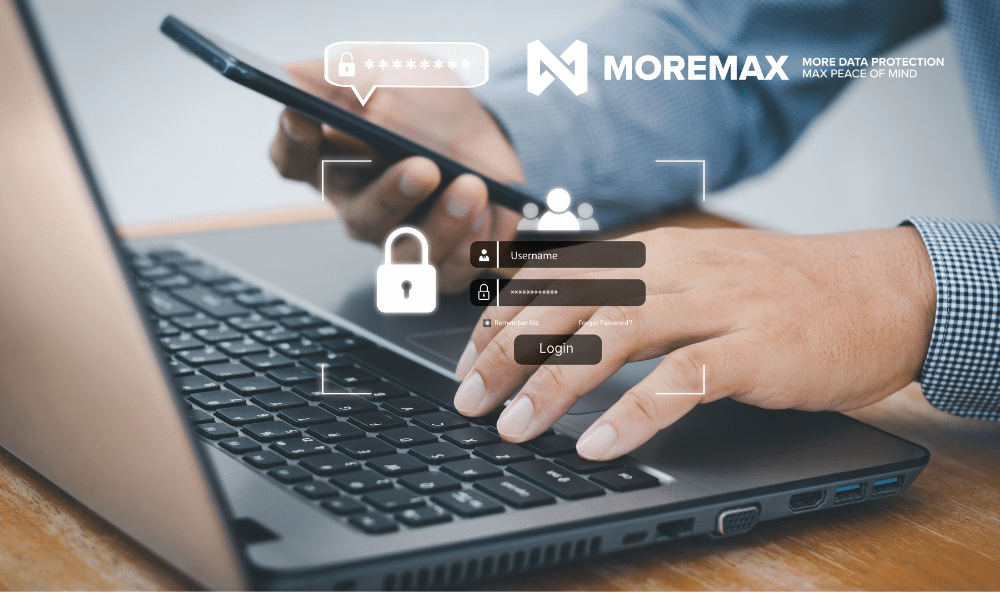
In order to protect your personal and business information has never been more critical. With cyber threats constantly increasing, a strong security measure like Multi-Factor Authentication (MFA) becomes essential. But what exactly is MFA, and how does it work?
Multi-Factor Authentication (MFA) is a security system that requires more than one method of authentication to verify a user’s identity for a login or other transaction. MFA combines two or more independent credentials: what the user knows (password), what the user has (security token), and what the user is (biometric verification).
The goal is to create a layered defense that makes it more difficult for an unauthorized person to access a target such as a physical location, computing device, network, or database.

By requiring multiple forms of identification, MFA significantly reduces the risk of unauthorized access.
How Does Multi-Factor Authentication (MFA) Work?
When a user attempts to log in to a system or service, MFA works through the following steps:
- Entry of Username and Password: The user enters their username and password, the first layer of security.
- Additional Verification: After the initial verification, the system prompts for a second form of authentication. This could be a code sent to their mobile device, a fingerprint scan, or an authentication app.
- Access Granted: Only after the secondary verification is successful does the user gain access to the system.
This layered approach ensures that even if one factor (like a password) is compromised, unauthorized users are less likely to breach the system.
Applications of Multi-Factor Authentication (MFA)
MFA is versatile and can be applied in various settings, including:
- Online Banking: Protects sensitive financial information from cybercriminals.
- Corporate Networks: Ensures that only authorized employees access internal systems, safeguarding company data.
- Email Services: Prevents unauthorized access to personal and business email accounts.
- Social media: Adds an extra layer of security to protect personal information from hackers.
- E-Commerce: Secures online transactions, protecting customers and businesses from fraud.
Benefits of Using Multi-Factor Authentication (MFA)
- Enhanced Security: The primary advantage of Multi-Factor Authentication (MFA) is the significant boost in security it provides.
- Reduced Risk of Identity Theft: By requiring multiple forms of verification, MFA makes it more challenging for cybercriminals to steal identities.
- Compliance with Regulations: Many industries must comply with strict data protection regulations. MFA helps businesses meet these requirements.
- Peace of Mind: Knowing that sensitive information is protected by multiple layers of security provides users with peace of mind.
Implementing Multi-Factor Authentication (MFA)
Implementing MFA can be straightforward with the right tools and guidance. Many services offer built-in MFA options, or you can use third-party authentication apps like Google Authenticator, Microsoft Authenticator, or Duo Mobile. Businesses should educate their employees and customers about the importance of MFA and provide clear instructions on how to set it up.
Conclusion
Multi-Factor Authentication is a crucial component of modern digital security. By requiring multiple forms of verification, it provides a robust defense against unauthorized access and cyber threats.
“People often represent the weakest link in the security chain and are chronically responsible for the failure of security systems.”
– Bruce Shneier
Whether for personal use or in a business environment, implementing MFA can protect sensitive information, ensuring peace of mind in a fast-growing digital age. Embrace MFA today to protect your digital life from evolving threats.


